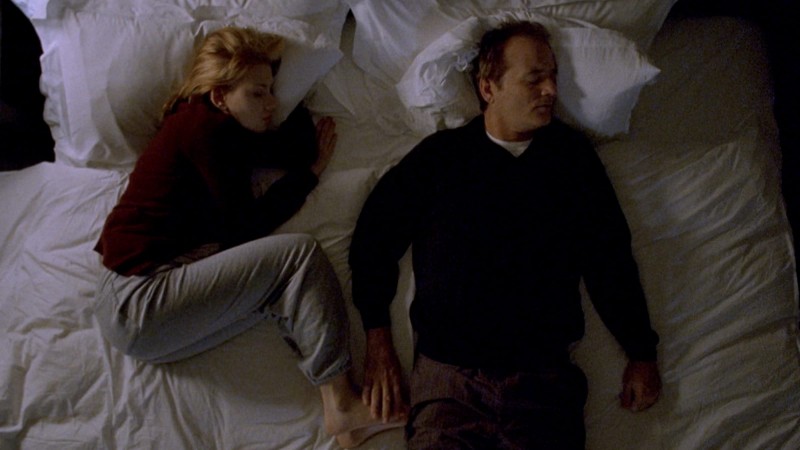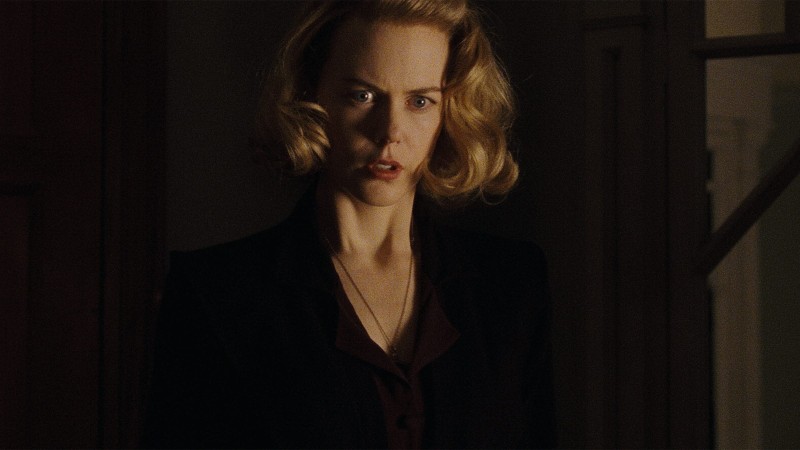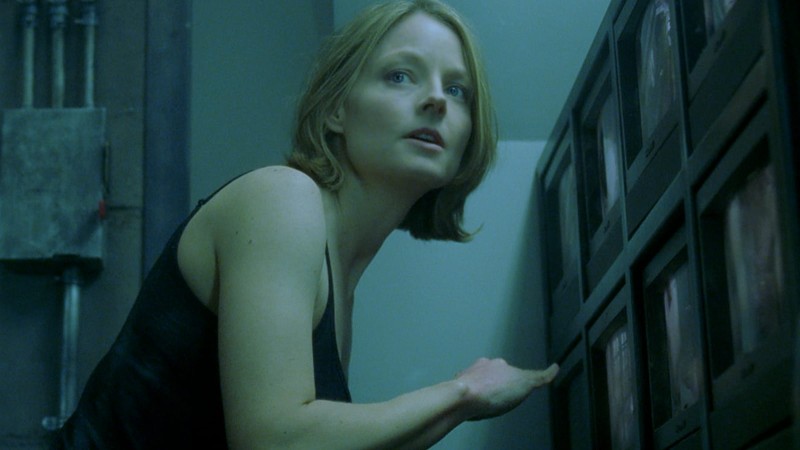The Art of Withholding and Revealing in An Angel at My Table
With her resplendent early feature An Angel at My Table (1990), Jane Campion widened the scope of her storytelling, adapting the memoirs of New Zealand writer Janet Frame for a decades-spanning, convention-shattering biographical film. As it follows Frame from childhood to literary fame, documenting as well her harrowing spell in a mental institution, the movie takes care to craft a portrait much more attuned to the subjective experience of its protagonist than the typical biopic. In the latest episode of the monthly Criterion Channel series Observations on Film Art, scholar Kristin Thompson closely examines one particular aspect of the film’s highly impressionistic visual style. As Thompson notes in the above clip, Campion often chooses to forgo establishing shots, waiting until a scene is already well under way to reveal the entirety of the space where it’s unfolding, creating a sense of uncertainty and surprise that helps immerse viewers in Frame’s world. For more on this strategy of withholding and revealing, head on over to the Channel, where the full Observations episode is available now, alongside An Angel at My Table itself.




